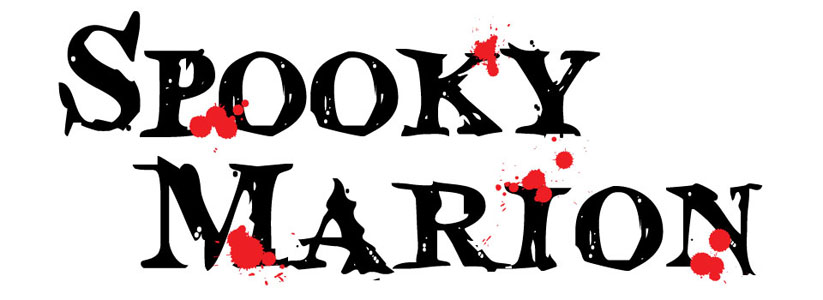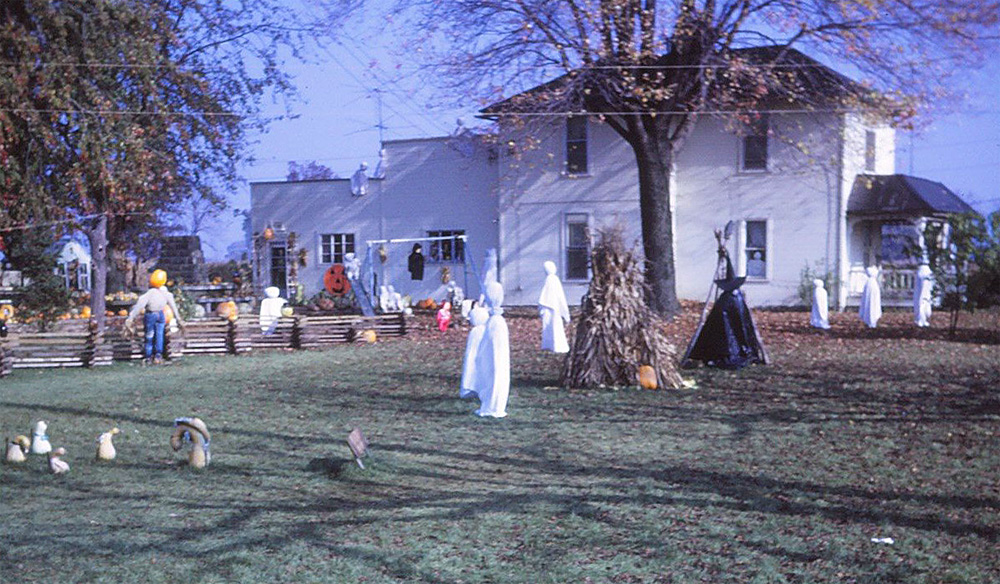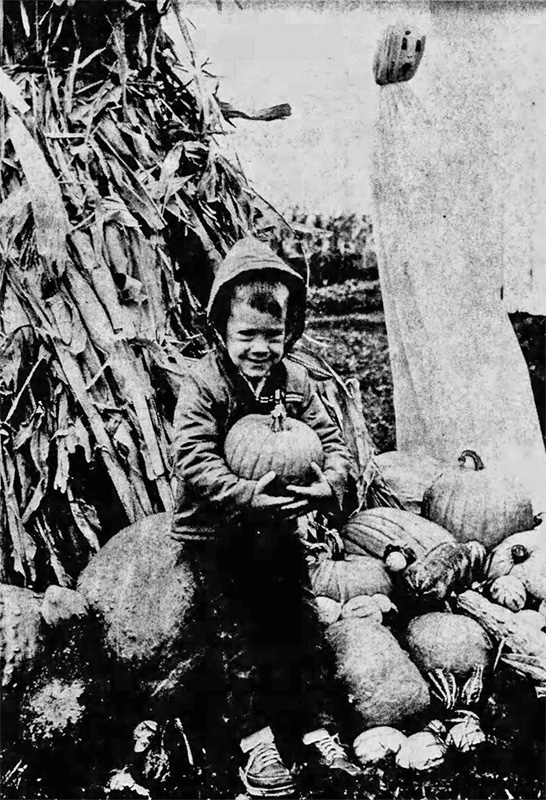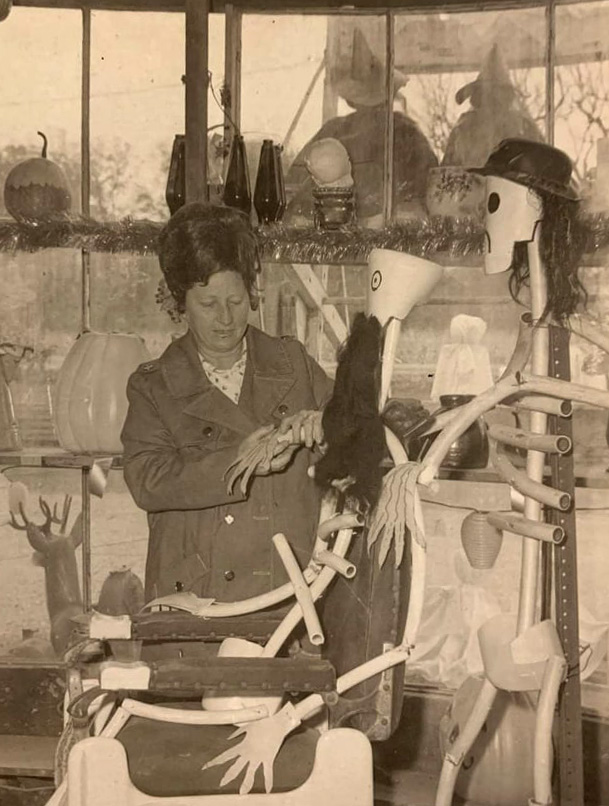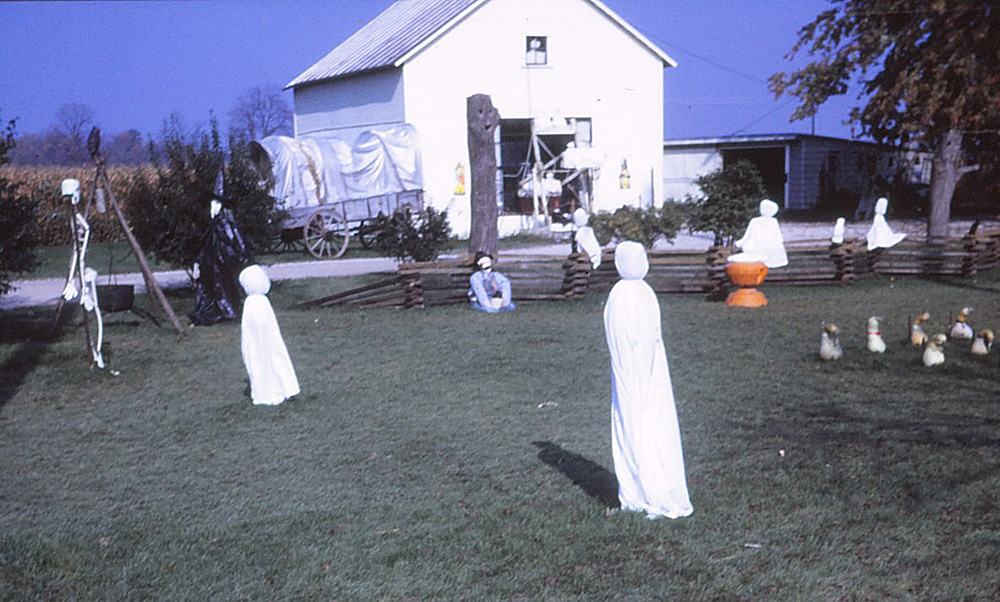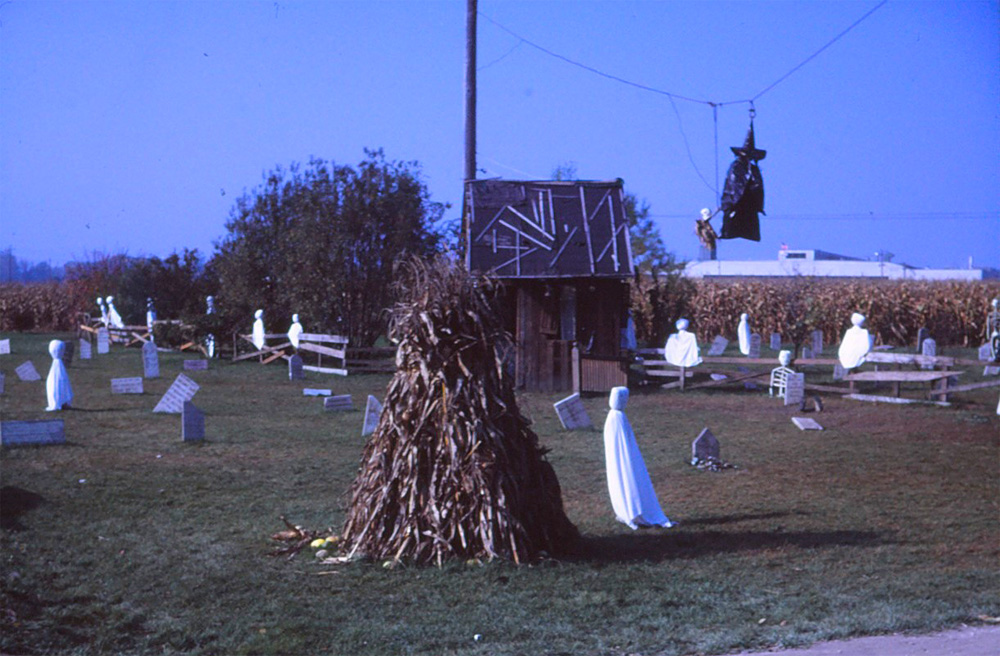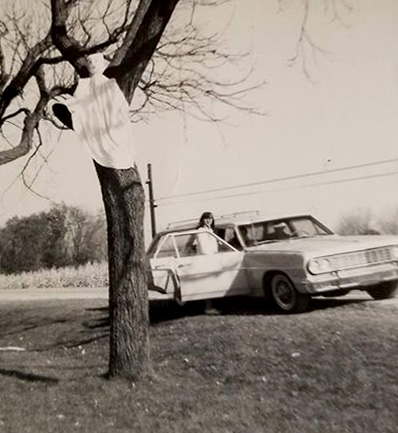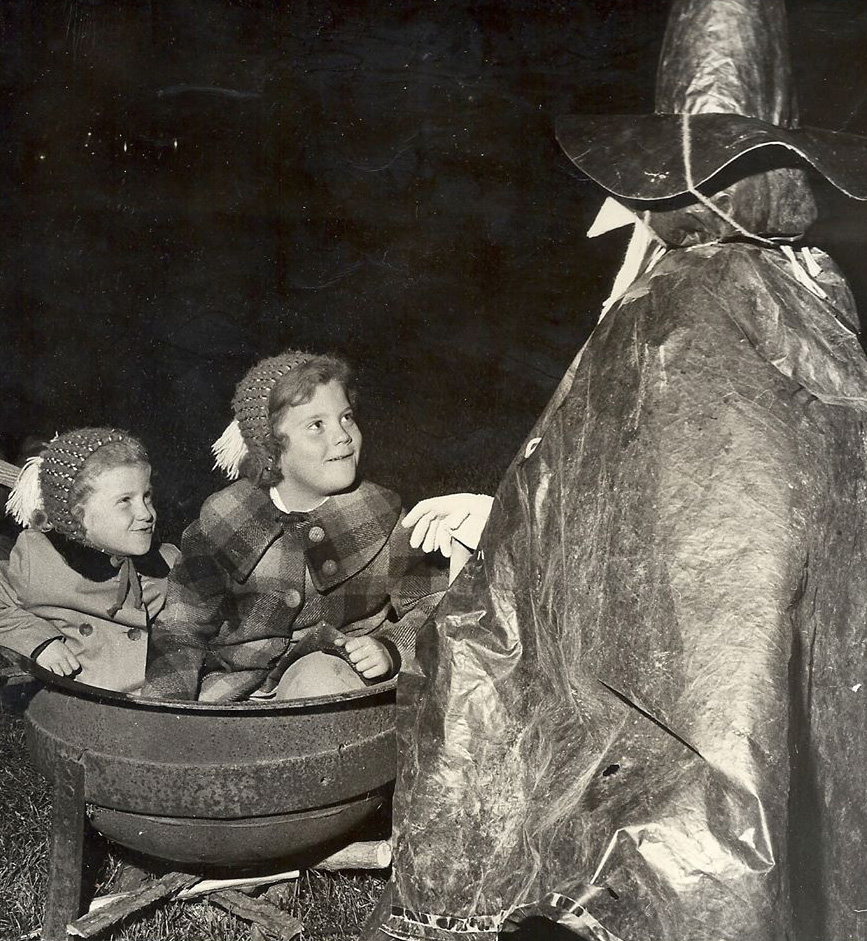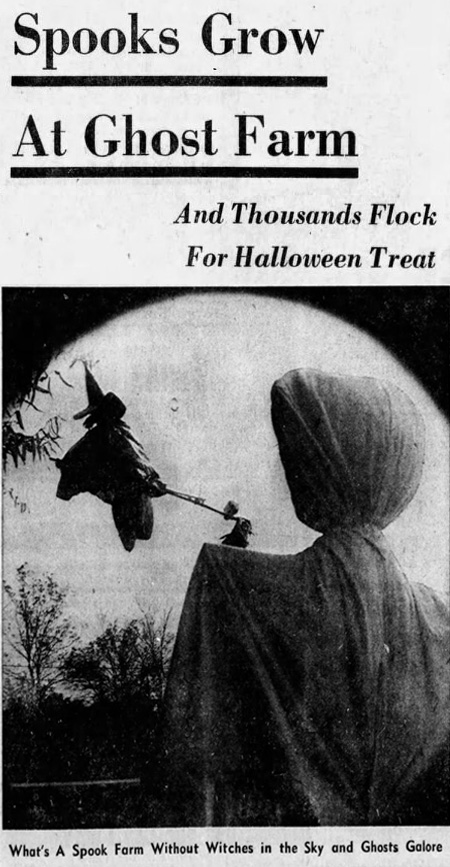The so-called Satanic Panic began in the mid-80s and continued into the early 90s. The panic centered mainly on stories of ritual abuse allegedly perpetrated against children. However, the Satanic Panic also encompassed a more general paranoia that elements of the occult, including Satanism, were creeping into many areas of youth culture.
As a teenager growing up in the 80 and 90s in Marion, I remember hearing the stories: That there were secret messages on Led Zeppelin and Ozzy Osbourne albums that could only be heard by spinning the record in reverse (i.e. back-masking). That the role-playing game Dungeons and Dragons (a game I never played myself) was part of a ploy to indoctrinate young people into the occult. That the woods on the west side of OSUM were the site of satanic rituals (more on that in a moment). I even remember hearing that Proctor and Gamble’s logo was full of satanic imagery:
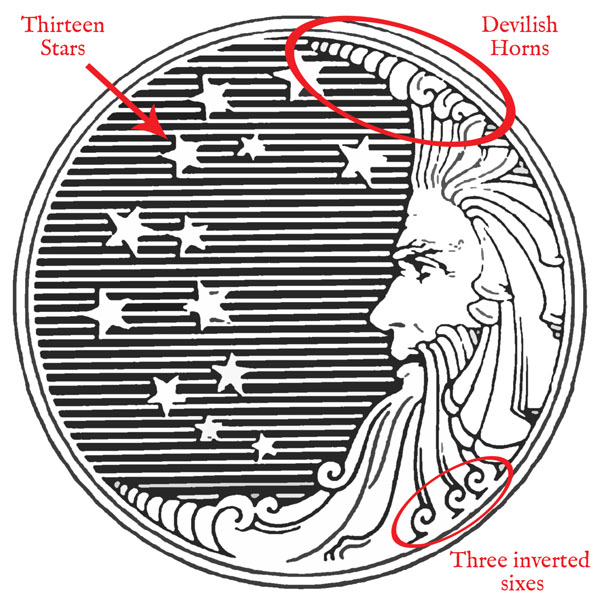
Although no accusations of ritual child abuse¹ or human sacrifice² ever surfaced in Marion, there was concern in the community about “satanic” issues, though, to be fair, the level of hysteria in Marion was much lower than in other cities like Mansfield or Maryville during that time. Nonetheless, a number of interesting articles addressing this topic appeared in the Marion Star during that period.
The Woods Near OSUM
The first article to appear in the Star about concerns over the occult was in March of 1989. It describes how a group composed of representatives from Children Services, the Marion County Juvenile Court and Detention Center and Marion city and county law enforcement gathered for an “Occult Training Seminar” sponsored by Marion County Children Services. The point of the seminar, according to the Star, was to ensure that local officials “[kept] up with trends, to make sure they would recognize a problem if they came across it.”
Despite the sensational subject matter, sheriff’s deputy Russell Rigney had a pretty level-headed take on the local situation:
We’re not seeing anything outstanding. Occasionally, you come across a little [evidence of the occult], but it’s more just kids playing around with it. There doesn’t seem to be a big problem with it around here.
He went on to say that there had been trouble a few year prior when neighborhood residents reported seeing fires and finding satanic and occult symbols in the woods between Siesta Drive and OSUM. Officer Rigney said teenagers were using the woods as a gathering place to drink beer and smoke marijuana. He believed the Satanic symbols were primarily to “scare off those who would put their parties to an end.” Once deputies stepped up their patrols of the area, the problem disappeared.

More Discussion of Satanism in Marion
A little over a year later, OSUM hosted another seminar focusing on occult-related crimes. However, this seminar did not appear to be a reaction to any local occult activity. Instead, it was a rather run-of-the-mill training course, albeit one with an unusual topic.
That same year, another discussion focusing on Satanism took place at a restaurant located at the Plaza.
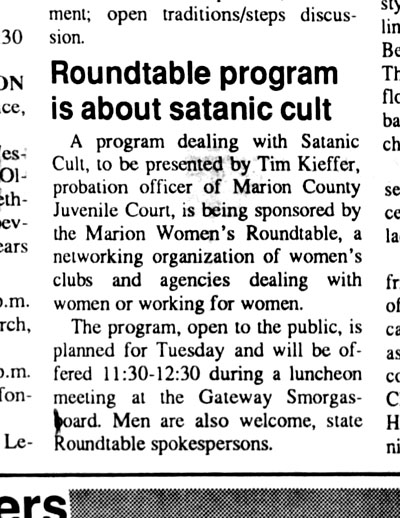
During this roundtable, Tim Keifer talked about his experiences with youthful offenders and how many of them had dabbled in Satanism. He said other parts of youth culture like heavy metal music and Dungeons and Dragons also play a role in this subculture. The danger, in his opinion, was that dabbling in Satanism could lead young people, especially boys, to become actively involved with satanic cults.
Dungeons & Dragons
Back before people argued on social media, they wrote letters to their local newspapers.
On July 18th, 1992, the Star published a letter to the editor written by J.W. Votaw of Marion. He opined that this games like Dungeons an Dragons “encourage evil” and draw heavily on the occult. He went on to argue that because the game provides instructions for how to summon demons and cast spells, “Some aspects of D&D are directly linked to Satanism.”
A month later, Kevin Flickinger, also of Marion, responded with his own letter to the editor. He argued that the game was harmless fun. Rather than encouraging Satanism, he wrote, “D&D takes the player back to a different age, when the unexplained was attributed to magic, when dark caves were inhabited by monsters, when kings and queens and knights kept order in the land.”
Regardless of one’s opinion of D&D, the coherence and reasoned thoughtfulness of both letters is actually quite endearing.
Satanic Graffiti
By the late 90s, the Satanic Panic had largely peaked in the United States. However, in March of 1998, a number of properties in downtown Marion were vandalized with “satanic” graffiti, according to police.

Detective Tim Brown, a Marion city police gang intelligence officer, told the Star, “This is the first time we’ve experienced anything like this. We’ve had other grafitti, but we’ve never had any of the cult graffiti.”
Three location were vandalized in total: Advanced Audio and Yesterday Mercantile Antiques, both located on South Marin Street, and the First United Methodist Church, located on South Prospect Street.
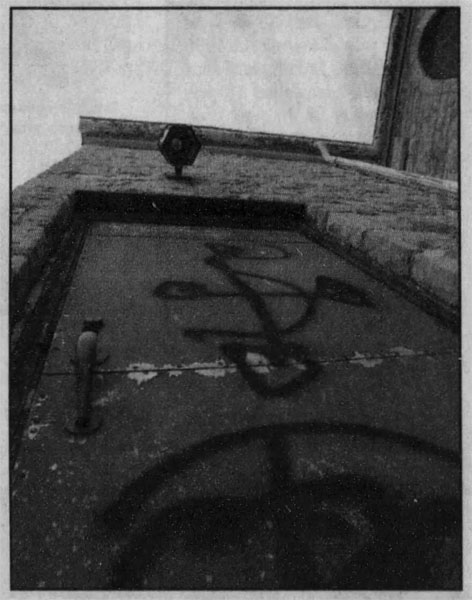
Reverend Charles Martindell didn’t necessarily think his church was the target of devil-worshipping vandals. While he called the vandalism disturbing, he added that, “I believe it’s a random act.”
“We’ve had problems in the past, but we haven’t had the local Satan worshippers,” joked Pete Rife, vice president of Advanced Audio.
The Marion city police, however, seemed to be taking the matter more seriously. Some of the graffiti was a five pointed star inside of a circle. According to Detective Brown, this represented Baphomet. “It’s strictly satanic in nature and represents the goat’s head,” he told the Star.
A few weeks later, a 16-year-old Harding High School student confessed to the vandalism and was charged with three counts of criminal damaging. Whether the boy was indeed a “Satan worshipper” was not addressed in the article.
~ Josh Simpkins
Footnotes:
¹ The most notorious case of alleged ritual child abuse concerned a Manhattan Beach, California pre-school run by the McMartin family. Beginning in 1983, staff members of the McMartin pre-school were investigated for hundreds of cases of abuse. The resulting trials, the longest and most expensive in US history, did not lead to a single conviction. It is now widely believed that the abuse never happened.
² Sadly, this really happened. In 1987 in Carl Junction, Missouri, three teenage boys with a penchant for heavy metal music and animal torture and who shared a fascination with Satanism murdered their classmate, Steve Newberry, with baseball bats. One of the killers, Jim Hardy, said the murder was a “sacrifice to Satan.” The three boys, Jim Hardy, Pete Roland and Ron Clements, were convicted of murder. In 1988, Geraldo Rivera hosted a prime-time special, “Devil Worship: Exposing Satan’s Underground,” in which he interviewed one of the killers.
Sources:
The Marion Star, March 5, 1989
The Marion Star, June 24, 1990
The Marion Star, October 27, 1990
The Marion Star, November 7, 1990
The Marion Star, July 18, 1992
The Marion Star, September 14, 1992
The Marion Star, March 24, 1998
The Marion Star, April 3, 1998
